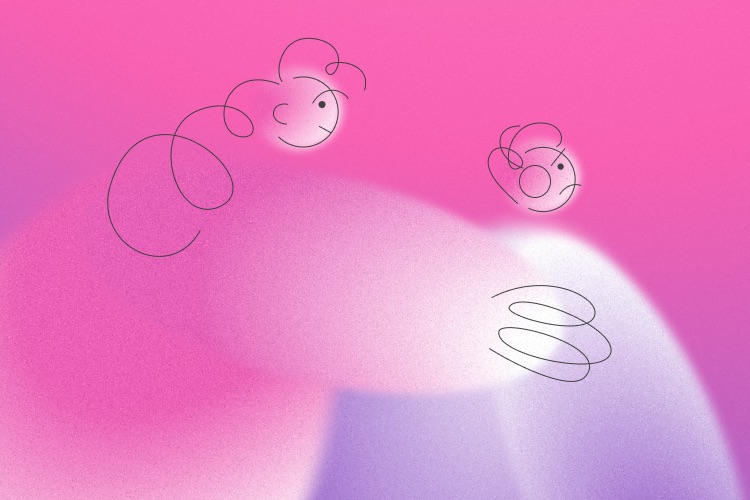DNA Topology
Molecular biologist Maxim D. Frank-Kamenetskii on the round form of DNA, changes in topology caused by topoiso...

In November Scientific Reports published an article called “The structural neural substrate of subjective happiness“. We asked one of the authors, Dr. Wataru Sato from Kyoto University, to comment on this study.
Happiness is a subjective experience and is the ultimate goal for humans. Empirical psychological studies of subjective happiness showed that the construct can be measured reliably using questionnaires, and consists of emotional (e.g., experiencing more pleasure and less displeasure) and cognitive (e.g., evaluating one’s life as good) components. However, the neural substrates of subjective happiness remain unclear. To investigate this issue, we used structural magnetic resonance imaging (MRI) and measures of subjective happiness: emotional (positive and negative emotional intensity) and cognitive (life meaning). We found a positive relationship between the subjective happiness score and gray matter volume in the right precuneus. Moreover, the same region showed an association with the combined positive and negative emotional intensity and life-meaning scores. These findings suggest that the precuneus mediates subjective happiness by integrating emotional and cognitive information.

The area associated with subjective happiness.
We have studied the neural mechanisms underlying emotion and subjective consciousness for the past 15 years. In addition to conducting neuroscientific research, we reviewed humanities- and art-related literature regarding these issues. We learned that happiness has special significance for humans compared with other emotions. Several ancient and modern scholars, including Aristotle, Bentham, and the American Pilgrim Fathers, argued that happiness is the ultimate goal of life. Despite such significance of subjective happiness, little neuroscientific investigation has been conducted on this construct. Therefore, we aimed to explore the structural neural substrate of subjective happiness. We also wanted to understand the relationship between brain structure and subjective consciousness.
Our finding that subjective happiness is associated with the precuneus structure has several interesting implications for neuroscientists and psychologists. Because the precuneus receives projections from widespread cortical and subcortical regions, it would be interesting to investigate the neural network dynamics (e.g., the precuneus-amygdala coupling) to implement subjective happiness. Since previous structural/functional neuroimaging studies reported that the precuneus is involved in several other psychological constructs, such as depression, self-consciousness, and creativity, there may be connections between these constructs and subjective happiness. Because some structural neuroimaging studies reported that meditation training increased the gray matter volume in the precuneus, it may be possible to develop evidence-based training programs focused on practicing mediation and examining the precuneus structure to improve subjective happiness.

Molecular biologist Maxim D. Frank-Kamenetskii on the round form of DNA, changes in topology caused by topoiso...

Physicist Ronald Walsworth on non-invasive measurement tools, N-V color centers in nanodiamonds, and magnetota...

Neuroscientist Friedemann Pulvermüller on brain-language relations, brain lesions, and simulation of cognitive...